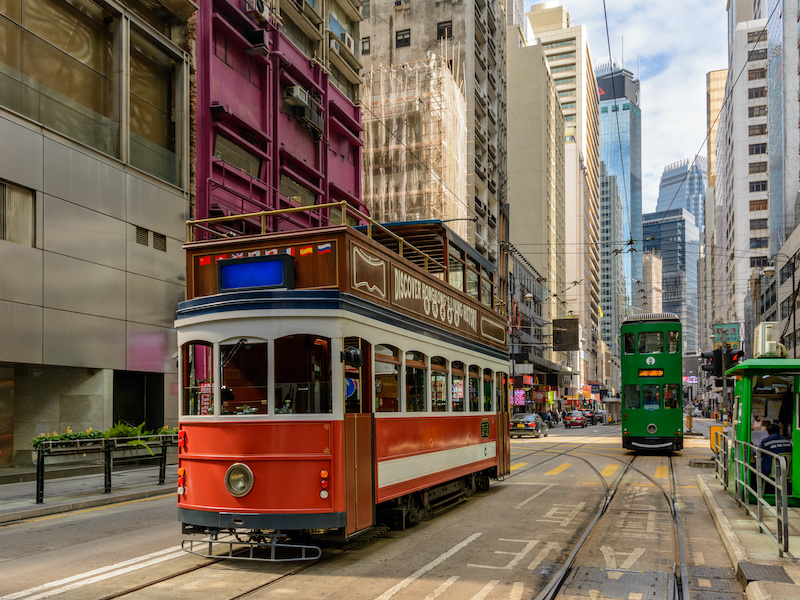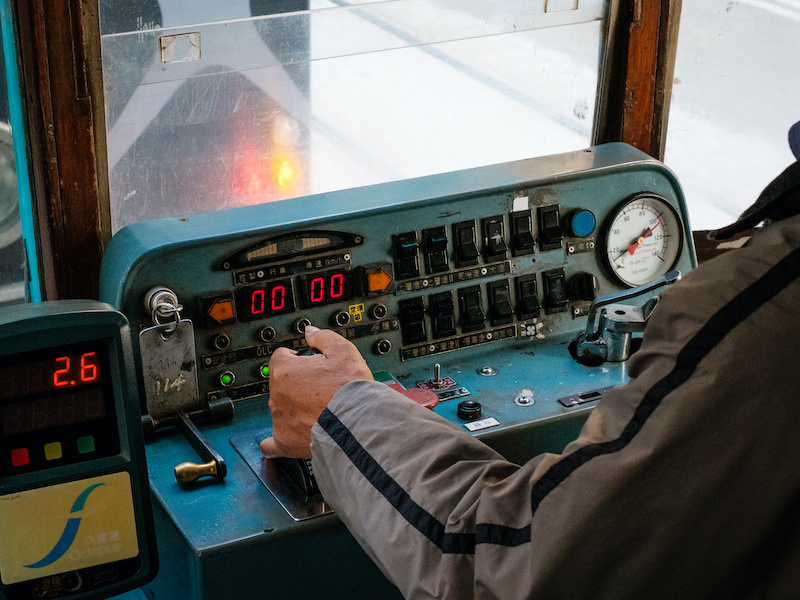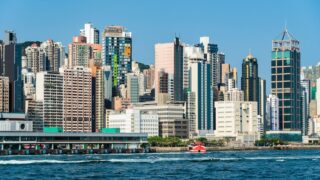Ding ding! One of the must-do experiences for anyone visiting HK as a tourist or newly arrived as an expat is to jump aboard a Hong Kong tram. Find out more about the island’s famous mode of transport and tramways in our fact file, below!
#1 Origins
The origins of the city’s iconic trams can be traced back to the Tramways Bill of 1881. It called for the construction of a tramway along the north shore of Hong Kong Island that could be “moved by animal, steam or any mechanical power, for the carriage of passengers and their belongings, whether luggage, goods or passengers’ animals.”
#2 Double-deckers
The tram system in HK is the only one in the world that exclusively uses double-decker cars. However, when Hong Kong Tramways launched the first fleet of 26 trams in 1904, they were all single deck. The first double-deckers appeared in 1912.
#3 Original route
The first Hong Kong tram route 119 years ago ran from Kennedy Town to Causeway Bay. Today, the western terminus is still Kennedy Town. However, the length of the tram system has almost doubled, with its eastern terminus now at Shau Kei Wan.
#4 Five cents a ride
A third-class ticket in 1904 cost five cents. There are no different classes today, and an adult ticket costs $3, regardless of the distance you travel.
#5 Conductors
Women were hired as tram conductors and drivers for the first time in 1971. In 1976, conductors were replaced by coin boxes. In 2020, HK-based Italian designer Andrea Ponti revealed a prototype of a driverless double-decker tram, perhaps pointing the way to a fully automated system in the future.
#6 One route only!
Different routes that have been proposed over time but ultimately rejected include in Kowloon (1910s), Chai Wan (1970s), Tuen Mun (1980s) and Kai Tak (2010s).
#7 Eating on the job
Hong Kong tram drivers back in the day weren’t given formal lunch breaks, so they had to eat at any opportunity while on the job – including while stopped in traffic. This led to the phrase “red light meals” (紅燈飯).
#8 Daily use
On a normal day of operations, around 130,000 people ride the trams. This figure is significantly lower than it once was, one reason being the opening of the extended Island Line of the MTR.
#9 Bells and beepers
Hong Kong trams are affectionately known as “ding dings” after the sound of the double-note bell that warns pedestrians of their approach. The bells were temporarily replaced with beepers in 2000, but reinstalled after a public outcry.
#10 Today’s fleet
Today, there are 165 tramcars in operation, including two antique trams (number 28 – “Albert” – and number 128 – “Victoria”) and a sightseeing tram (number 68 – “TramOramic”). Hong Kong’s trams are the only on-land vehicles in the city that emit zero roadside emissions.
Find out more about trams in Hong Kong at hktramways.com.
Like this and want to know more about Hong Kong? Visit our Living in Hong Kong section.








